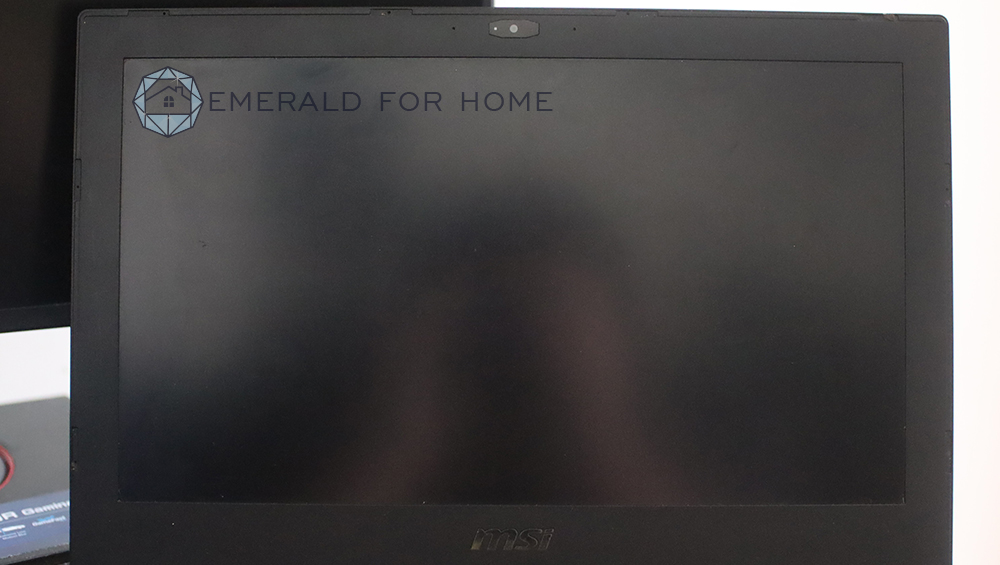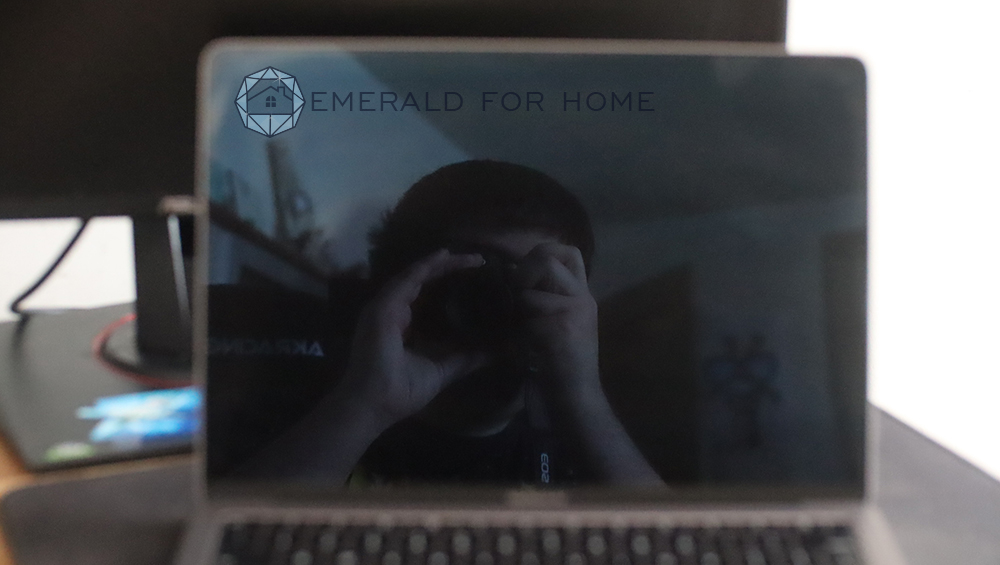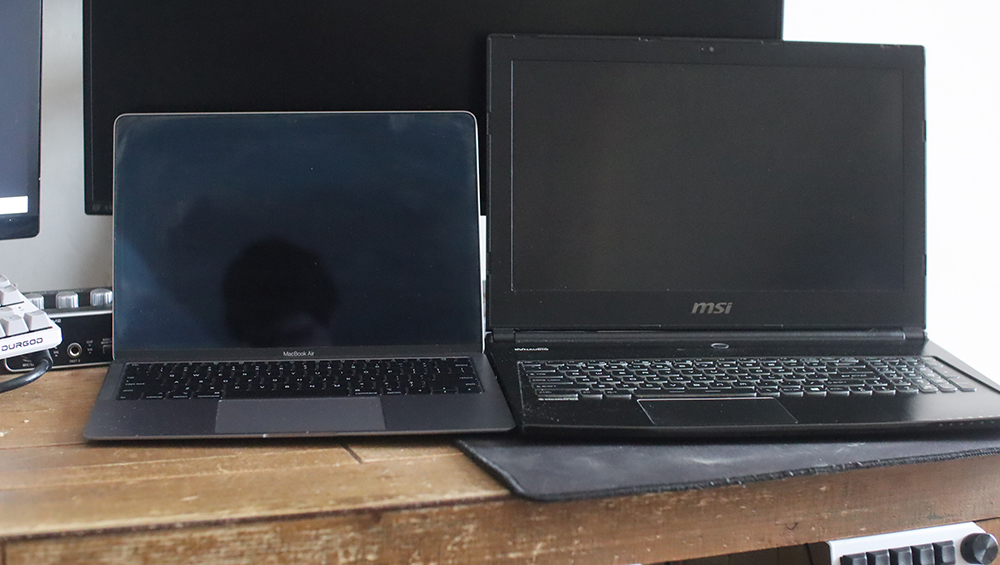Matte computer monitors have a textured surface that absorbs/diffuses ambient light which reduces glare at the expense of image quality (dull and hazy). Glossy computer monitors have a smooth surface that reflects ambient light back at the user resulting in glare, however the picture quality is more vibrant.
Matte Screens

The most common type of protective coating is often referred to as “Anti-Glare” (AG). It is also described as “matte” coating as it is a non-reflective surface that diffuses ambient light.
The matte coating is included as an outer polarizing layer that has been etched by a mechanical and sometimes chemical process. The etching creates a large number of indentations on the surface which serves to scatter light rather than reflecting it at an angle (smooth surfaces function as mirrors).
While matte surfaces essentially function to block/scatter light, they invariably block light output. Meaning, you get less image illumination and image quality diminishes; Images appear hazy and contrast and color intensity is markedly lower.
Glossy Screens

Glossy screens are comprised of reflective glass or polymers. and are often treated using an anti-reflective coating like magnesium fluoride or similar polymers to help with absorption of ambient light.
The transparency of the material allows for almost all of the display’s backlight to show through. Meaning, when ambient light can be controlled, glossy displays allow for more color saturation, deeper darks, and brighter whites.
The primary disadvantage of glossy displays is that they reflect external/ambient light which results in glare/reflections; Glare is bad for your eyes and has been show to cause fatigue and eye strain over time.
This is explained by the reflective nature of the glossy surface and the physiology of the human eye. The reflections on a surface of an image cause the human visual system to focus on that image. The competition between the two images can cause eye strain, headaches, and in some cases photosensitive epileptic episodes.
Glossy surfaces are also prone to smudges, and finger magnetism. The glossy surface makes these issues more apparent. Granted, they are also easier to clean due to the higher visibility and lower dirt penetration.
References:

